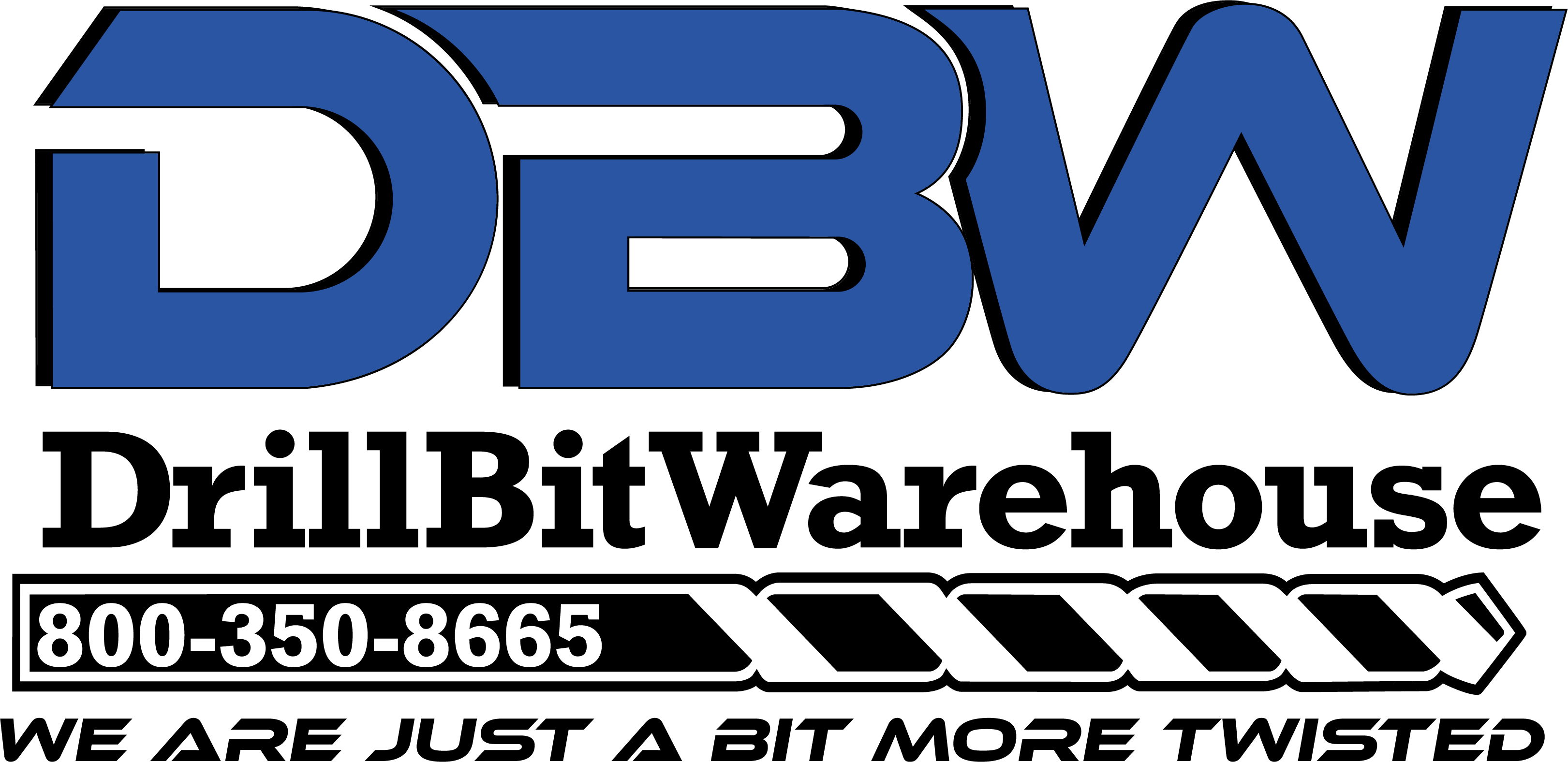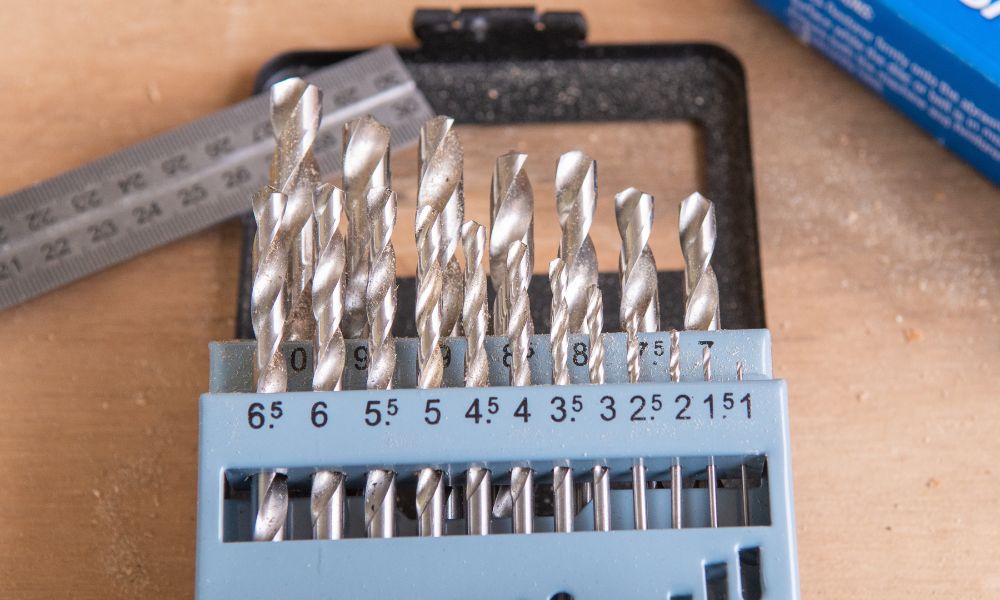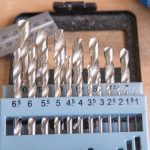Work efficiently and create high-quality work with the right drill bit. Selecting the correct drill bit size can improve hole accuracy, prevent material damage, and improve the application of screws and fasteners. Use this drill bit size guide to choose the right size for the job.
Understand Fractional and Metric Bit Sizes
In the US market, drill bit diameters are commonly measured in fractions of an inch. Metric drill bit sizes use standard metric lengths. Keeping an equivalence chart on hand is useful for converting fractional and metric measurements.
Standard drill bit sizes may not cover all needs, especially for specialized projects. Professionals in shipbuilding, machining, construction, and other industries may need to order custom-made bits in specific sizes.
Consider the Hole Depth
While diameter is a key consideration for choosing the right drill bit size for the job, you also want to consider length. You may want a longer drill bit for deeper holes, but you want to avoid using an excessively long bit. The longer the bit, the less stability it has.
Through Holes
Through holes are drilled all the way through the material. To make a through hole in a single pass, select a drill bit longer than the material’s thickness. Or, if you can drill from both sides of the material, the drill bit can be at least half the length of the material.
Blind Holes
In contrast, blind holes are drilled only partially through the material. If the bit is longer than the depth you want to drill, you can mark the depth on the bit with tape or string to avoid over-drilling.
Size Pilot Holes for Precision
A pilot hole is a small initial hole you drill to improve drilling stability and prevent wandering. Moreover, you may be able to fill the pilot hole with lubricant for heat management.
In manual machining, it’s typically advisable to drill a pilot hole before drilling holes bigger than 3.2 mm in ferrous material. This is because the web of a twist drill, the central part of the drill bit body that connects the lands, is not very effective at cutting. You can drill a pilot hole using a drill diameter bigger than the final drill’s web.
Consult a Drill Bit Size Chart
When pre-drilling for fasteners, the fastener’s size is not the only factor that should determine the best drill bit size. The workpiece material matters, too.
For example, thread-forming screws for plastic are designed for thermoplastic materials. A #0 screw size has 40 threads per inch. The recommended hole diameter in soft, ductile materials is .0498 inches, but in brittle material, it’s .0490 inches.
The simplest way to find an appropriate bit size for a specific fastener is to consult a drill bit size chart. This resource will recommend the right size based on the material and fastener size.
Drill Bit Warehouse offers premium cobalt drill bits for sale that allow you to cut through materials like stainless steel, cast iron, and titanium easily. Browse our selection of durable cobalt drill bits in sizes up to 12 inches.




